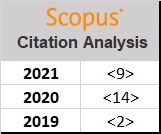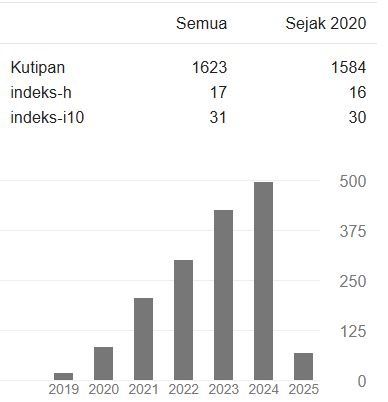BarkDroid: Android Malware Detection Using Bark Frequency Cepstral Coefficients
DOI:
https://doi.org/10.24002/ijis.v5i1.6266Abstract
Since their inaugural releases in 2007, Google’s Android and Apple’s iOS have grown to dominate the mobile OS market share. Currently, they jointly possess over 99% of the global market share with Android being the leading mobile Operating System of choice worldwide, controlling close to 70% of the market share. Mobile devices have enabled the exponential growth of a plethora of mobile applications that play key roles in enabling many use cases that are pivotal in our daily lives. On the other hand, access to a large pool of potential end users is available to both legitimate and nefarious applications, thus making mobile devices a burgeoning target of malicious applications. Current malware detection solutions rely on tedious, time-consuming, knowledge-based, and manual processes to identify malware. This paper presents BarkDroid, a novel Android malware detection technique that uses the low-level Bark Frequency Cepstral Coefficients audio features to detect malware. The results obtained outperform results obtained using other features on the same datasets. BarkDroid achieved 97.9% accuracy, 98.5% precision, an F1 score of 98.6%, and shorter execution times.
Downloads
Published
How to Cite
Issue
Section
License

This work is licensed under a Creative Commons Attribution-ShareAlike 4.0 International License.
Indonesian Journal of Information Systems as journal publisher holds copyright of papers published in this journal. Authors transfer the copyright of their journal by filling Copyright Transfer Form and send it to Indonesian Journal of Information Systems.

Indonesian Journal of Information Systems is licensed under a Creative Commons Attribution-NonCommercial 4.0 International License.

















